
New analysis indicates that children treated at 3 years of age for perinatally acquired HCV will live longer, with less liver morbidity and lower health care costs than if treated at 6 years of age.

New analysis indicates that children treated at 3 years of age for perinatally acquired HCV will live longer, with less liver morbidity and lower health care costs than if treated at 6 years of age.

Today serves as a reminder to everyone that there are still no diagnostic tests or FDA-approved treatments for the post-viral condition.

A vaccine targeting chronic HBV has entered its first human trial; Saskia Popescu, PhD, on the importance of pandemic preparedness and global health security; a successful phase 2 trial for a C diff treatment leads to the next phase; and more stories this week from Contagion.

Insights from Jacob Teitelbaum MD on Long COVID Awareness Day.

Saskia Popescu PhD, MPH, MA, FAPIC on understanding the emergence of the origin for future pandemic preparedness, promoting global health security, and addressing long-term health impacts.

The antifungal’s designation ensures its market viability and gives the youngest pediatric patients a therapy for health conditions that have been associated with high mortality rates.

A new study shows how correcting misinformation in a certain way can change patients’ attitudes towards vaccination.

Successful phase 2 trial leads to phase 3 trial towards managing C difficile.

An experienced measles clinician offers insights on the increase of incidence rates, preventative measures, and how vitamin A treatment can help those with the disease.

A new study examined the association of COVID-19 infection with outpatient care utilization.
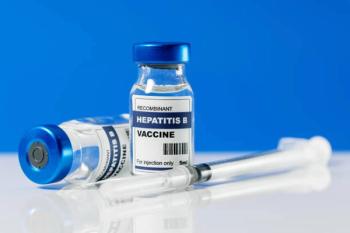
Vaccine designed to confront chronic HBV entering its first human clinical trial.

It is not simply just a few cases are springing up, but rather that transmission is occurring, and behind a backdrop of vaccine skepticism.

The impact of remdesivir across age groups.
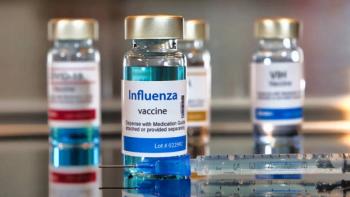
Public health strategy in navigating flu season.

The first-in-class entry inhibitor delivered therapeutic benefits over a long study period for patients with chronic infection.

Customizing treatment strategies for enhanced outcomes and longevity.

Patients hospitalized for suspected community-acquired pneumonia received targeted treatment more quickly with PCR testing than with culture-based diagnostics.
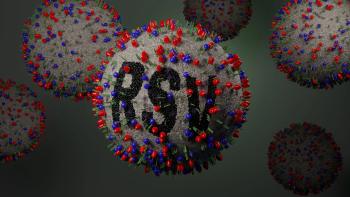
Though a small number of infants received nirsevimab in the analysis, results support existing nirsevimab recommendations to prevent serious RSV disease in infants.

The OASIS platform will help outpatient facilities use prescribing data to improve patient care.

This week, the FDA-approved antiretroviral lenacapavir as it showed treatment benefits; Oral Vancomycin Prophylaxis was explored for preventing C difficile in stem cell transplant recipients; Research into the after-effects of SARS-CoV-2 (PASC) uncovers biomarkers for post-infection sequelae; Chronic hepatitis B worsens COVID-19 outcomes, and cabotegravir ultra-long-acting (CABULA) has shown positive results.

A team developed and validated a new analytic method to quantify omadacycline and its epimerization in stool to facilitate microbiome research.

Climate change's role in the expanding threat of vector-borne diseases.
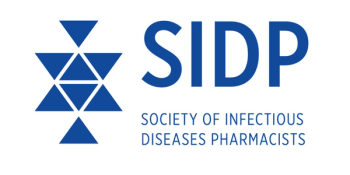
Management of this condition has been associated with antibiotic misuse. In the latest Bench to Bedside column, clinicians offer insights on therapy indications and what the latest literature reports on the condition.

Defense against omicron in HIV-positive patients post-COVID.

The therapy, lenacapavir, showed sustained virological suppression and safety over a 2-year period in this treatment-challenged patient population.
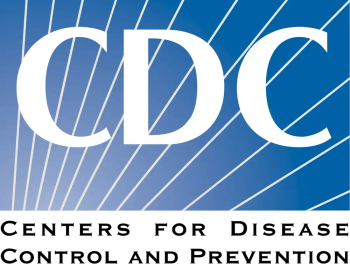
CDC addresses rising vector-borne diseases with an initiative to enhance public health protection.

Both the use of a vaginal ring or oral pre-exposure prophylaxis were found to be safe for HIV prevention throughout pregnancy.
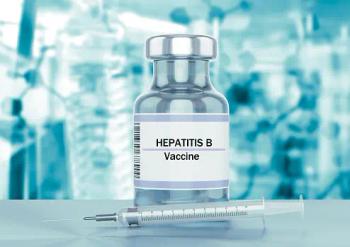
Insights from CROI on the HepB-CpG vaccine trial.
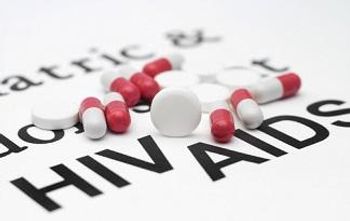
Biomarkers associated with mortality differed by sex and there may be distinct pathophysiologic mechanisms that account for the increased risk seen in females, according to investigators.